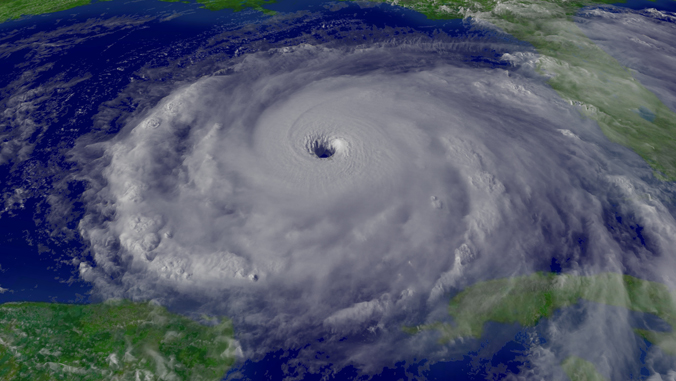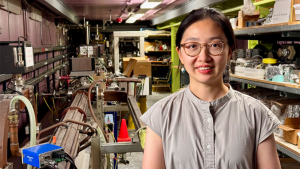
Three University of Hawaiʻi at Mānoa projects in the fields of climate and physics research have each been awarded nearly $1 million by the U.S. Department of Energy (DOE). These projects are among 39 nationwide that have been awarded a total of $36 million in funding by the DOE via the Established Program to Stimulate Competitive Research.
Global warming in the Pacific
Associate Professor Malte Stuecker from the UH Mānoa Department of Oceanography and International Pacific Research Center in the School of Ocean and Earth Science and Technology was awarded $991,795 over the next four years to examine how greenhouse gas-induced global warming affects the tropical Pacific, with a focus on the differential warming between eastern and western regions.
Understanding this pattern is crucial for both predicting by how much the Earth will warm overall as well as predicting many climate change impacts, including tropical cyclone risks for Hawaiʻi and other Pacific islands. The study investigates how El Niño and La Niña events, which cause significant temperature and wind fluctuations in the eastern and central tropical Pacific, can help reduce uncertainties in long-term warming patterns. The research involves collaboration with the Pacific Northwest National Laboratory and analyzes ocean and atmospheric processes during these events.
“This project aims to reduce the remaining uncertainties in the future warming pattern in the Pacific,” Stuecker said. “This information is critically needed to guide climate change adaptation across the Pacific including Hawaiʻi.”
Free-electron laser

Siqi Li, an assistant professor in the UH Mānoa Department of Physics and Astronomy, has been awarded $994,320 over the next four years to study how electrons and light interact in a free-electron laser (FEL), a device that makes light when electrons move through alternating magnets.
The FEL at UH Mānoa makes infrared light, which is useful for many things such as studying molecules, medical imaging and communications. Li will also use machine learning to improve the ability to control electrons. Li and her team are working with experts from the SLAC National Accelerator Laboratory to develop their program and machine learning tools.
“This project will position UH as a key player in accelerator and beam physics,” Li said. “The collaboration with SLAC National Accelerator Laboratory will further enhance research efforts, bringing in students and researchers across different fields, and boosting the university’s role in scientific innovation and workforce development.”
Gaseous detectors
Assistant Professor Peter Lewis from the UH Mānoa Department of Physics and Astronomy has been awarded $906,897 to further investigate gaseous detectors that can detect particles in various fields, from dark matter research to particle physics. InGrid sensors offer superior performance in measuring charge in gasses. This project, a collaboration between UH and Lawrence Berkeley Lab, aims to create advanced InGrid sensors.
Lewis’ goals are to achieve optimal performance and establish U.S.-based production capabilities, currently limited to Europe. The project, named FIMS (Flexible, Ideal MPGD System), combines advanced manufacturing and AI techniques. This research is crucial as it could lead to breakthroughs in understanding dark matter and fundamental physics, potentially revolutionizing our knowledge of the universe and enabling new technologies.
“This is exactly the sort of project that made me want to be a physicist,” Lewis said. “It will require creativity, collaboration, and cutting-edge technology, and it has plenty of opportunities for students to make a real and lasting impact.”
Department of Physics and Astronomy Chair and Professor Veronica Bindi added, “These exceptional young faculty members secured substantial grants within their first year, showcasing their initiative and boosting our research capacity. Their rapid success highlights the high-caliber talent we’re cultivating in our Department of Physics and Astronomy.”

